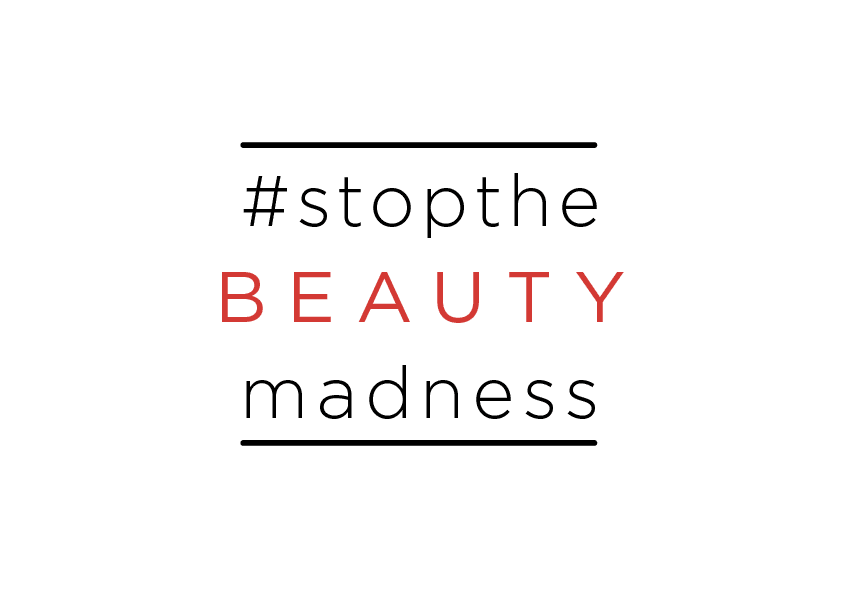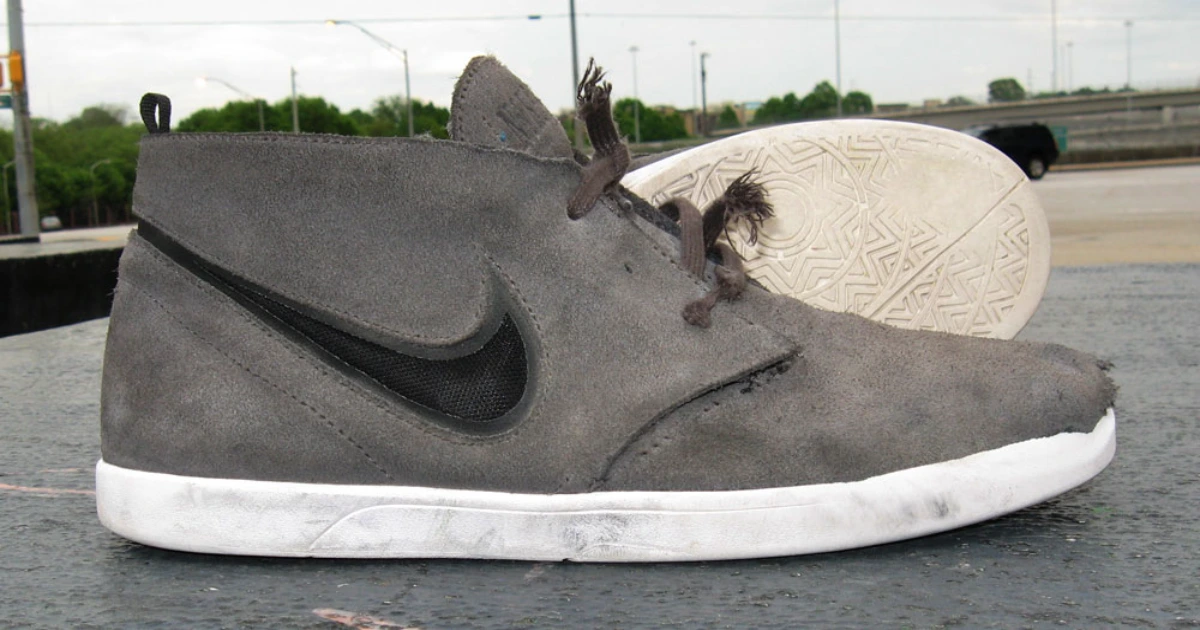Not too long ago, we asked you to clarify and justify the higher prices we’ve seen within the skate shoe market in an attempt to find out if paying a higher price tag equates to higher quality. This experiment is one of the many we have planned, and what better way to do it than through you, the consumer? The winner of our contest, Andrew, took our formula and skated the Hybred Boot to bring you this review.
Enjoy.
- Mesh in the upper offers breathable comfort
- Gusseted tongue helps keep debris out of the boot for long-lasting comfort
- Phylon midsole for lightweight cushioning
- Full-grain leather and nylon mesh upper for breathability and comfort
- Rich, waterproof, full-grain leather and fabric upper
- All metal hardware
- Style#: DX2117-001
- Nike Air cushioning in the heel equips you with comfort so you can focus on the journey ahead.
- NIKE
- 050-BLACK PREMIUM LEATHER
- Style#: 922474-001
- Polishable synthetic leather and nylon canvas provide durability and breathability.
- NIKE
- 050-BLACK PREMIUM LEATHER
- Full-grain leather and nylon mesh upper for breathability and comfort
- Phylon midsole for lightweight cushioning
- Shades of olive, brown, and beige create the camouflage pattern on the lace collar, tongue overlay, heel extension, and underneath the translucent TPE layer at the forefoot
- Black and anthracite grey are seen on much of the upper, while hits of camouflage almost go virtually unnoticed
As much as people may hate highwater pants, yo flips (or the “trenihanna”), and straight-to-the-web skatepark montages, there’s one recent trend in skateboarding that has the potential to stand the tests of time: innovation and technology in shoes. Never before have shoe companies been able to combine comfort, board feel, durability, and good looks.
Most companies have been stepping their game up, and shoes like Supra’s Skytop 3, Lakai’s Guy XLK, and Emericas G6 have all been getting stellar reviews to justify their higher-than-average price tags. This brings us to the Nike Hybred boot. Although the shoe looks basic enough, with approximately $110 in retail value, it’s one of the most expensive options you can find on your skate shop wall. The question is, can this basic-looking shoe withstand enough abuse to make it worth the price of a brand-new complete?
Review information
This review was done over a course of roughly three and a half weeks, at approximately ten hours of skateboarding a week.
No products found.
Sizing
Unlike most capsules, there was no need to get the Hybred boots in a bigger size. A size nine fit me perfectly; however, thanks to my wide, hobbit feet, the suede on the sides stretched out a little bit while the sockliner decompressed (more on that below), making the shoe a bit roomy. If you’re picky about snug shoes, I will get a half-size smaller.
Comfort & Cushion
The most noticeable feature of the Hybred boot is the sock liner, a soft cushioning that lies just beneath the shoe’s outer suede. To my knowledge, this is the first shoe to use this concept in such a strong fashion. In the first few days of skating the shoe, the sock liner is very soft and cushiony; however, after a week or so of wearing the shoe, the sock liner will lose most of its initial cushion.
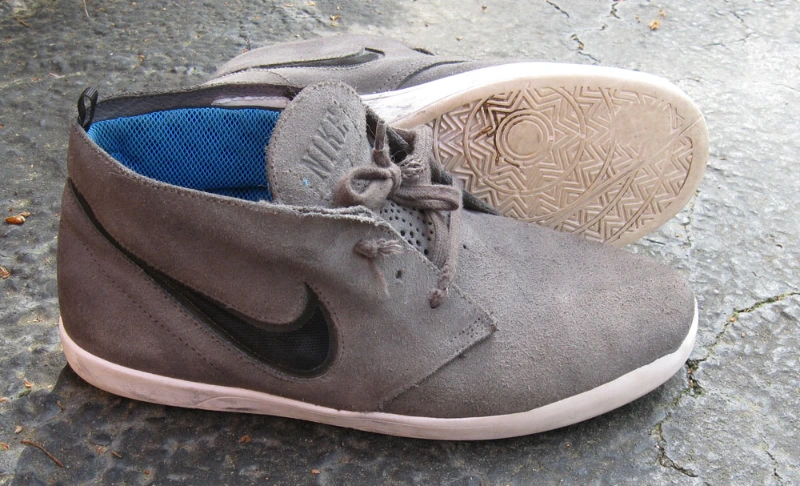
Don’t be alarmed, though: this sock liner, along with the Lunarlon insole, still provides an above-average amount of comfort and protection from heel bruises or injuries to the top of your foot while the shoe’s mid-top design keeps your ankles safe. Be forewarned, though: although the sock liner is perforated and the shoe has a mesh swoosh, the Hybred boot provides little to no breathability, making it a less-than-ideal summer shoe.
Comfort & Cushion Grading: 8
Boardfeel & Grip
Thanks to the combination of a Lunarlon insole with a Koston 1 sole, the Hybred Boot was able to provide a board feel without sacrificing comfort and support. The shoe skated great right out of the box, so it was a bit disheartening to realize that the sole wouldn’t last as long as the suede upper. The Hybred boot doesn’t have any unique features to keep the sole from losing tread so quickly, so the shoe sacrifices a long-lasting sole for comfort.
While initially grippy, the sole was showing signs of wear after one week, and there was a noticeable decrease in flick after two weeks. Since the shoe is a cupsole, the sole is less sticky than a typical vulcanized shoe, which means the Hybred boot is essentially done when the tread pattern has totally worn out.
BOARDFEEL: 7
GRIP:6
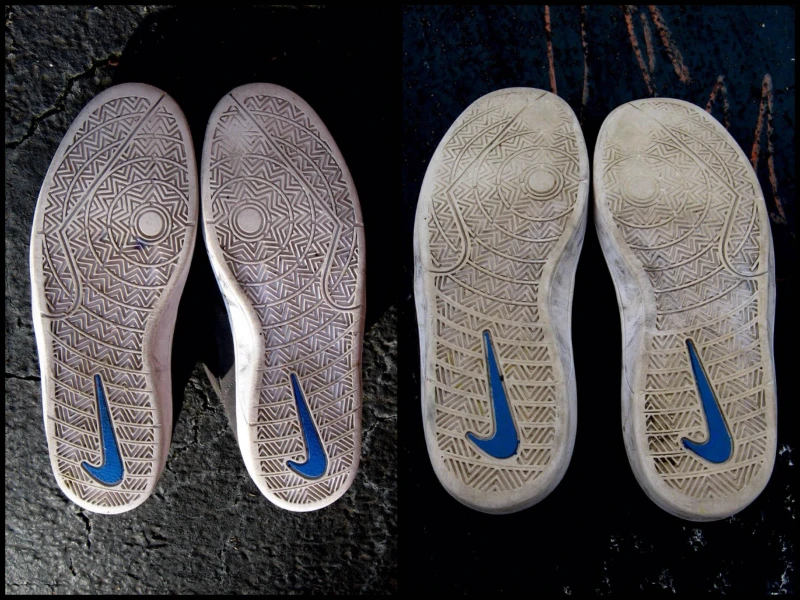
Durability
If the shoe’s grip was somewhat disheartening than the shoe’s overall durability was a huge disappointment. I expected this $110 skate shoe to have more features to prolong its life of the shoe, but this was not the case. The suede on the shoe was average, so holes were forming by the second week of skating.
Not only that, but the shoe’s upper is flush with the sole, meaning that a kickflip hole in the toe is expected and unfixable. The stitching on the side of the Hybred boot doesn’t have any hidden protection or reinforcements, so the side panel will totally wear through in weeks without super glue or Shoe Goo. And as mentioned earlier, the shoe’s sole will be losing grip throughout this entire process.
However, there were two features of the Hybred boot that I found interesting enough to mention. The mesh swoosh on the side of the shoe hardly had any damage after three weeks. I’m not sure if this is due to a lack of contact with grip tape or because of the material used to create it; however, what I expected to be the weak point of a shoe ended up being one of the strongest points.
The second innovation I noticed was the stitching at the corner of the side panel. Rather than just using double stitching, the Hybred boot was designed with a spiral pattern at this high contact point, so there was much more fabric to break through. It certainly wasn’t enough to save the shoe, but it did allow me to skate the shoe for another week, at least.
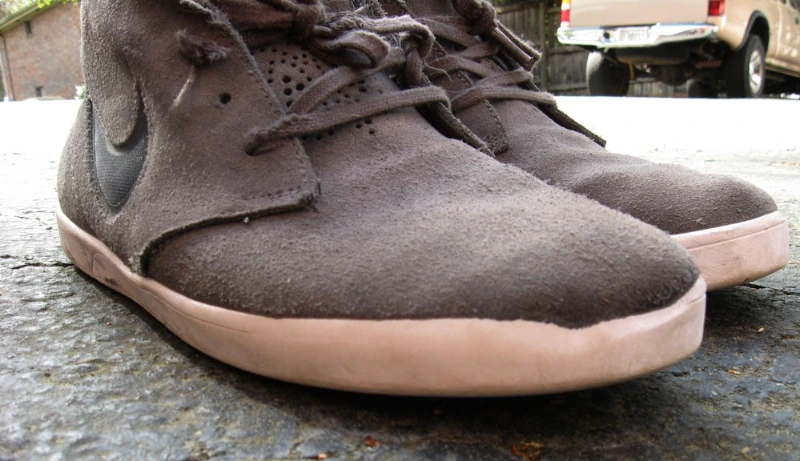
Summary:
Given Nike’s reputation for quality shoes, along with the industry’s shift towards quality and innovation, I expected the Hybred Boot to be one of the more memorable shoes of 2013. However, this is not the case. Although the Hybred Boots provide above-average comfort and ankle support, they lack the durability to justify their steep price tag. I wouldn’t recommend buying these with the intent to skate them, especially not with so many other options on the market right now.
